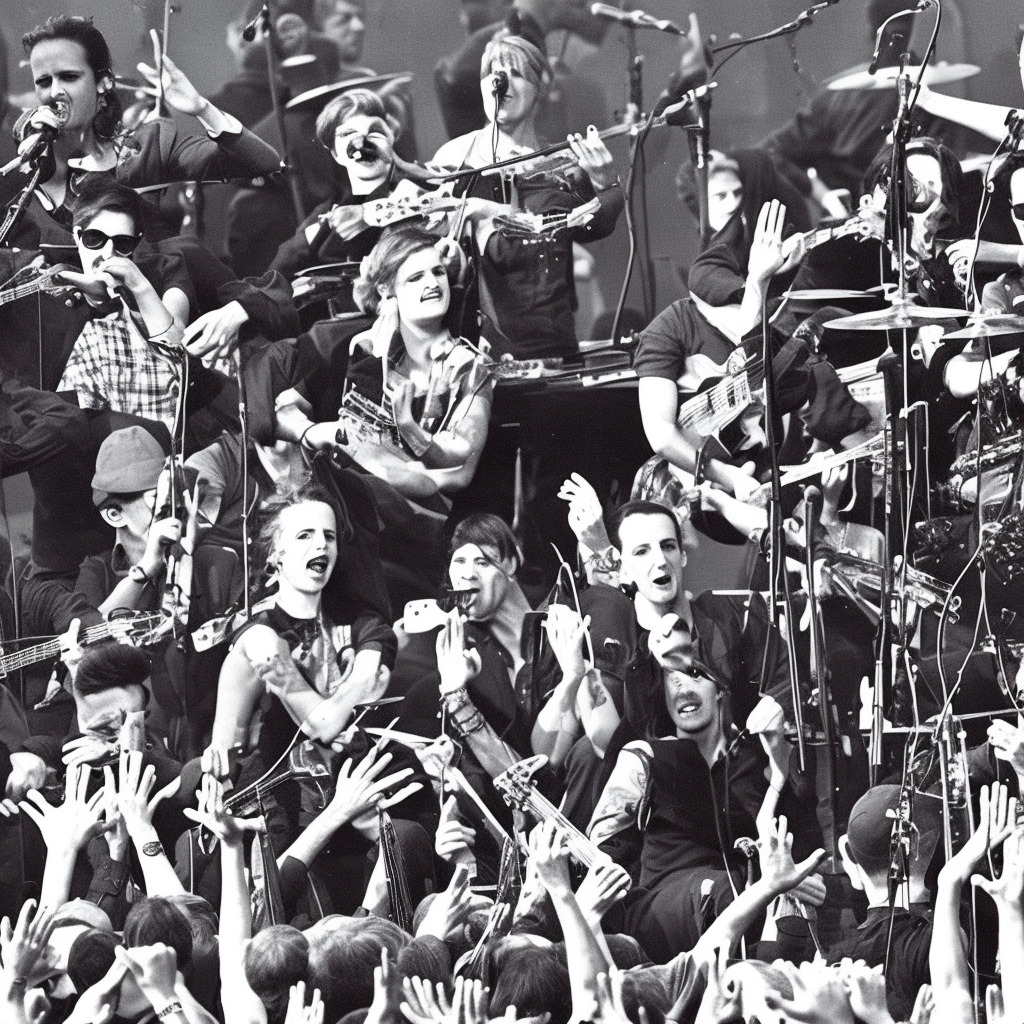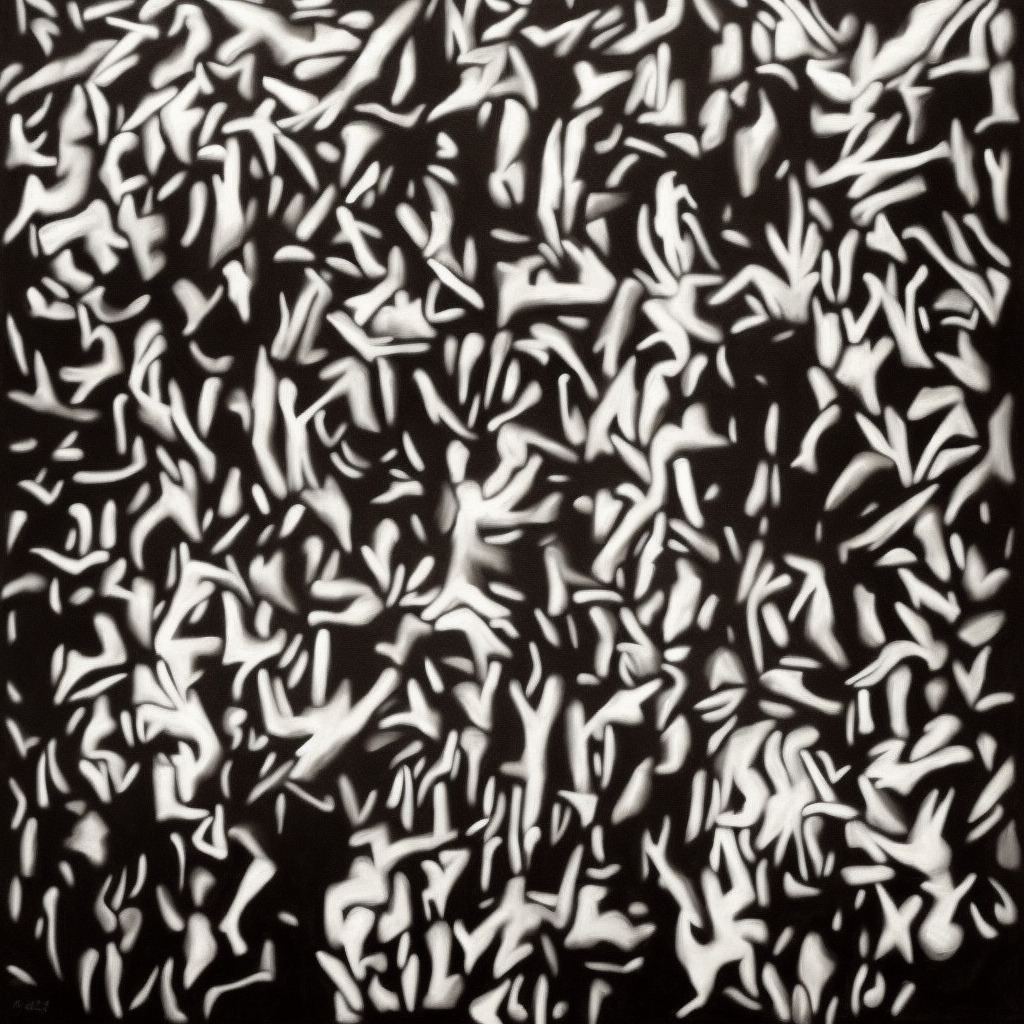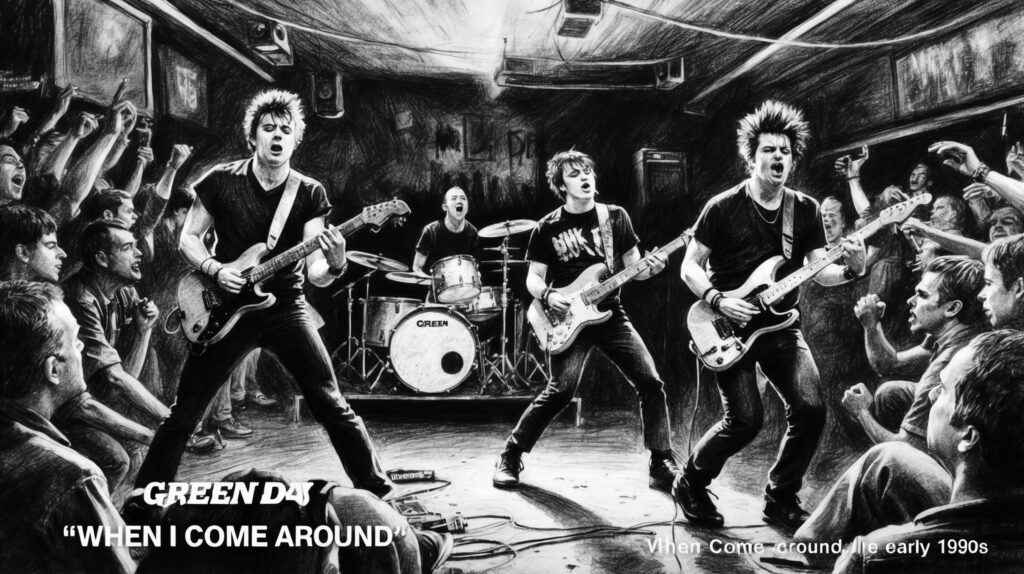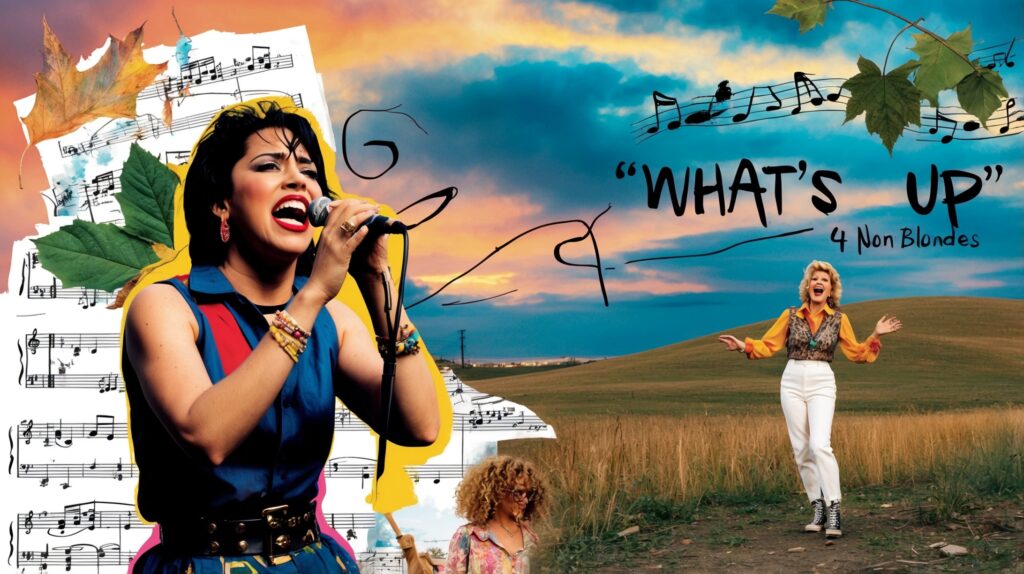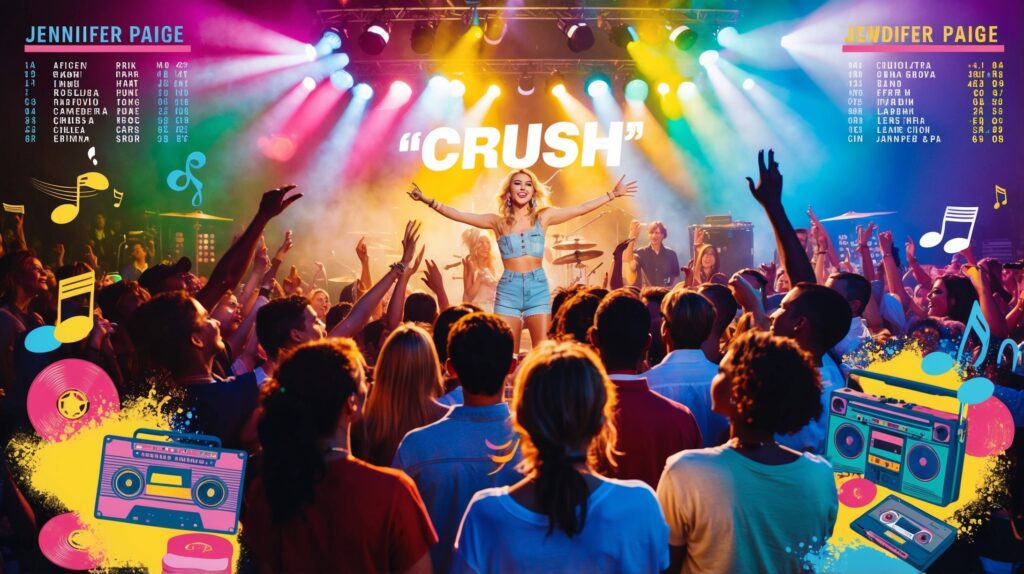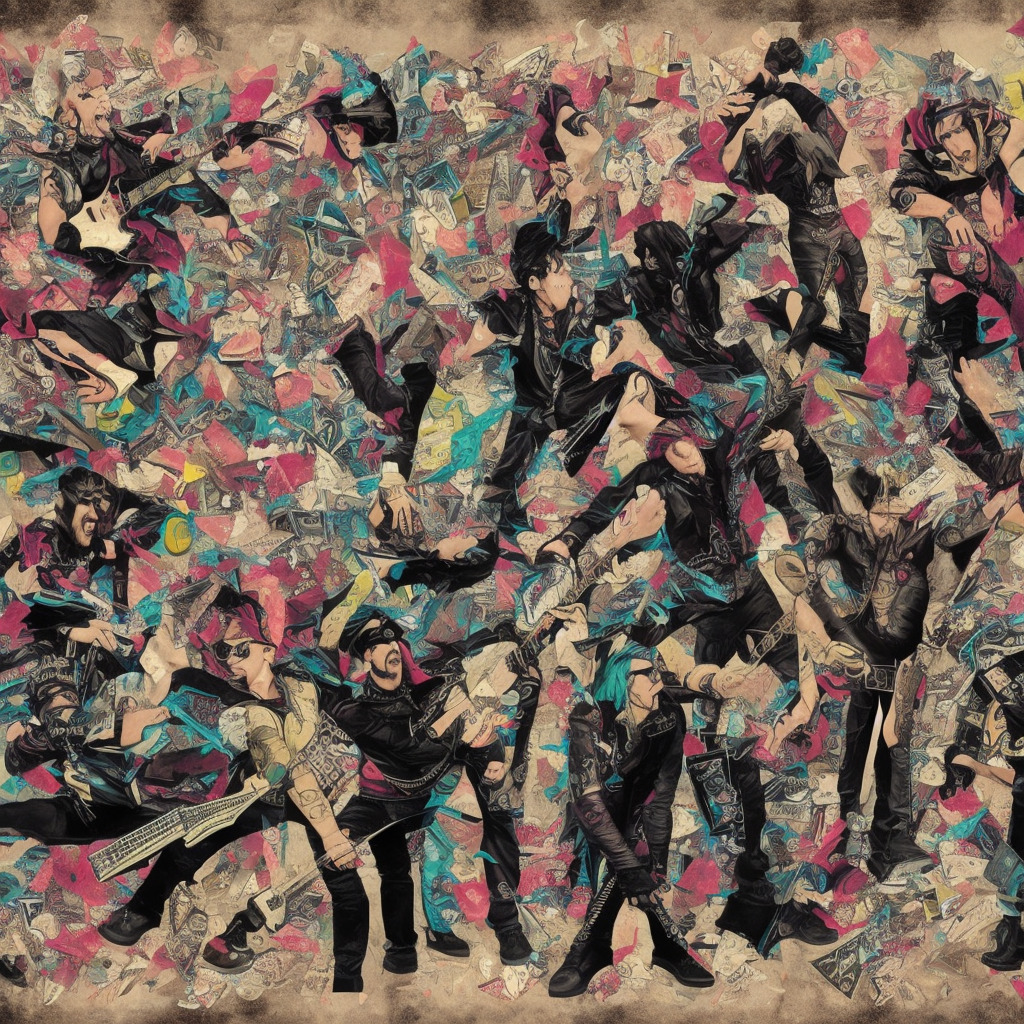🎶 Did you know? “Zombie” by The Cranberries was a powerful protest against the 1993 IRA bombings 💣 Dolores O’Riordan’s haunting vocals still give us chills! 🍀🎤 #TheCranberries #Zombie #90sThrowback #MusicTrivia #SongsWithAMessage Read about it: tinyurl.com/5k6xudch
The Haunting Lyrical Impact of The Cranberries
The Cranberries: Hauntingly powerful melodies, blending genres and generations, proving resilience and leaving an indelible mark on the global music scene.

The Cranberries – an Irish rock band that rose to international fame in the 90s and continues to captivate listeners with their powerful and passionate music. Consisting of Dolores O’Riordan (lead vocals), Noel Hogan (guitar), Mike Hogan (bass), and Fergal Lawler (drums), the band’s distinct sound is characterized by O’Riordan’s ethereal voice and their ability to seamlessly blend alternative rock, indie, and pop elements.
One of The Cranberries’ most prominent and enduring tracks is “Zombie,” released in 1994 on their second studio album, ‘No Need to Argue’. The song was written in response to the 1993 IRA bombing in Warrington, England, which claimed the lives of two young boys. “Zombie” is a departure from their earlier hits like “Linger” and “Dreams,” showcasing a heavier sound with a politically charged message. The hauntingly poignant lyrics, coupled with O’Riordan’s guttural wails, underscore the anguish and frustration about the ongoing violence in their homeland.
Despite the controversial subject matter, “Zombie” went on to become one of The Cranberries’ signature songs, and the music video won ‘Best Song’ at the 1995 MTV Europe Music Awards. The track has also achieved 1 billion views on YouTube in 2020, making The Cranberries the first Irish band to reach this milestone.
While the band’s career has been filled with numerous achievements, they have also faced their fair share of challenges. Over the years, The Cranberries experienced several hiatuses, lineup changes, and struggles with the music industry’s pressures. Furthermore, the untimely passing of O’Riordan in 2018 was a significant blow to the band and their fanbase. However, The Cranberries have consistently proven their resilience and dedication to their craft, releasing their final album ‘In The End’ in 2019 as a tribute to O’Riordan and a celebration of their musical journey.
The Cranberries may not have had a perfect career, but the impact of their music – particularly the song “Zombie” – cannot be denied. Their powerful lyrics and unique sound will continue to resonate with fans around the world, cementing their legacy as an influential and inspiring force in the global music scene.
Charting the Success of an Iconic Anthem
“Zombie” by The Cranberries: A haunting 90s anthem that conquered global charts and continues to resonate, transcending generations.
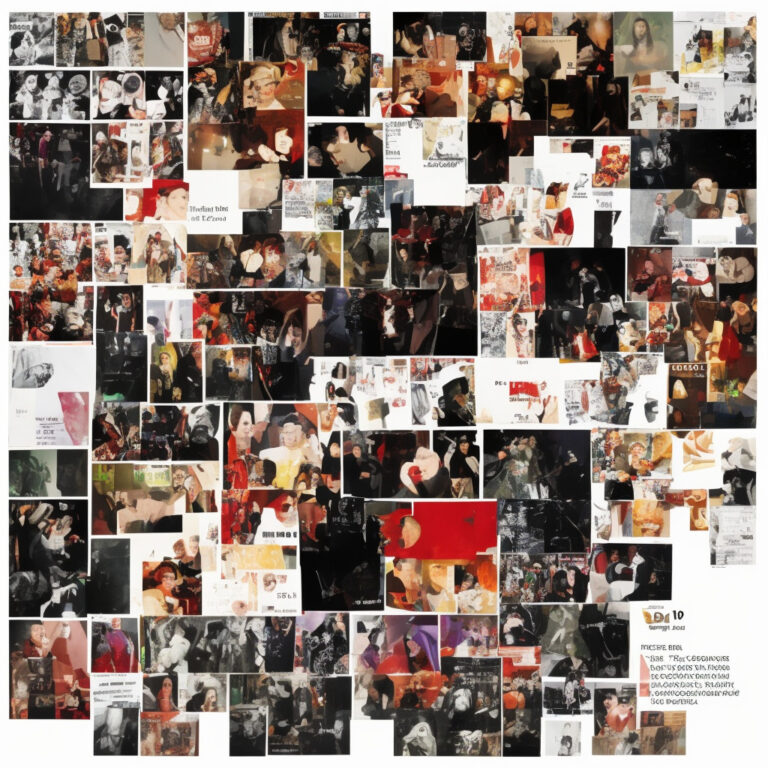
Despite the heavy subject matter, “Zombie” by The Cranberries became a definitive hit of the 90s, reaching tremendous chart success not only in their homeland of Ireland but also worldwide. Released on September 19, 1994, as the lead single from their second studio album, No Need to Argue, it quickly gained traction and made its mark in music history.
In their home country, “Zombie” peaked at number 3 on the Irish Singles Chart, while also achieving the top spot on the Australian ARIA Charts, making it the first Irish band to top the chart in Australia since U2. The song reached number 14 on the UK Singles Chart, and though it only got to number 22 on the US Billboard Hot 100, it thrived on the Billboard Modern Rock Tracks chart, where it held the number 1 spot for six consecutive weeks.
On a global scale, “Zombie” landed in the top 10 charts in Belgium, Denmark, France, Germany, Iceland, the Netherlands, and Norway, proving its widespread appeal. On the Eurochart Hot 100, the single reached its peak position at number 2, showcasing the undeniable success of this powerful track.
As for chart trivia, “Zombie” was awarded the “Best Song” award at the 1995 MTV Europe Music Awards, a testament to the song’s lasting impact. Additionally, in 1994, it was the most played song on US college radio, further proving its popularity among young listeners.
Ultimately, “Zombie” by The Cranberries stands as one of the most iconic songs of its era, and its chart success reflects the timeless message and powerful performance that continue to resonate with audiences today.
Dissecting the Powerful Lyrics
Child is slowly taken.
And the violence caused such silence,
Who are we mistaken?
But you see, it’s not me, it’s not my family.
In your head, in your head, they are fighting,
With their tanks and their bombs,
And their bombs and their guns.
In your head, in your head, they are crying…
In your head, in your head,
Zombie, zombie, zombie-ie-ie,
What’s in your head, in your head,
Zombie, zombie, zombie-ie-ie, oh
The lyrics of “Zombie” by The Cranberries are undeniably powerful and haunting. Upon delving into the meaning behind these words, we uncover a poignant commentary on the political climate and events of the time. Written in 1993 by the band’s vocalist Dolores O’Riordan, “Zombie” is a protest song that directly addresses the violence, specifically the sectarian conflict, in Northern Ireland.
The lyrics evoke images of the relentless violence that occurred during the period often referred to as “The Troubles,” which spanned from the late 1960s to the late 1990s. The opening lines – “Another head hangs lowly, child is slowly taken” – can be interpreted as representing the innocent lives lost amid the conflict. The following lines, “And the violence caused such silence, who are we mistaken?” question the reasoning and justification behind the violence, while also shining a light on the silence and lack of accountability.
The chorus, with its repetition of “In your head, in your head,” points to the internal struggles and the psychological effects of such a prolonged conflict. The mention of “tanks and bombs, and bombs and guns” lays bare the harsh realities faced by those living within the conflict zones. The use of the word “Zombie” implies a sense of indoctrination and mindlessness, suggesting those involved in the violence are like the walking dead, driven by an insatiable hunger for destruction.
By examining these lyrics, it becomes clear that “Zombie” by The Cranberries is not just a catchy tune, but a powerful testimony to the spirit of the time and the events that shaped an entire generation. The song continues to resonate with audiences across the world, serving as a reminder of the devastation caused by violence and the importance of seeking peace and understanding.
The Making of the Iconic “Zombie” Music Video
“Zombie” Music Video: A Haunting Visual Masterpiece with a Profound Message, Directed by the Legendary Samuel Bayer.
The music video for “Zombie” is as impactful and powerful as the song itself. Directed by Samuel Bayer, the man behind legendary music videos such as Nirvana’s “Smells Like Teen Spirit” and Green Day’s “Boulevard of Broken Dreams,” the “Zombie” music video is a testament to Bayer’s artistic vision and skill. Filmed in Belfast and Dublin, the video brought the song’s message to life while giving audiences an unforgettable visual experience.
The production of the “Zombie” music video was not without its challenges. Bayer had to balance a tight budget while finding creative ways to showcase the song’s themes of violence, war, and strife. One notable aspect of the video is the use of military-style footage intercut with shots of the band and their lead singer, Dolores O’Riordan, performing in front of a cross adorned with poppies. This artistic approach effectively emphasizes the impact of war on society and the individuals caught up in the violence.
A key element of the video is the captivating performance of O’Riordan, who dons golden contacts and haunting face paint, effectively embodying the role of the zombie. This striking visual, combined with her powerful vocals, creates an emotional connection with the viewer and elevates the video to a new level.
The “Zombie” music video had some controversial scenes that were removed from some versions, such as shots of young children playing with guns. However, these scenes further highlighted the devastating effects of violence on children, reinforcing the song’s powerful message.
Over the years, the video has become iconic and has inspired countless tributes and covers on YouTube. From acoustic renditions to full-on rock performances, fans of The Cranberries continue to celebrate the song and its unforgettable visuals. In January 2018, the music video achieved a significant milestone, surpassing 1 billion views on YouTube, which stands as a testament to the lasting impact of “Zombie” and its profound message.
While the music video for “Zombie” has been the subject of much praise, it is important to remember that it is only one part of the larger story surrounding the song. The band’s dedication to raising awareness about the consequences of war and the need for peace remains the true legacy of their work.
The Creative Force Behind “Zombie”
Dolores O’Riordan, the late lead singer, and primary songwriter of The Cranberries, was the creative mastermind behind the iconic song “Zombie.” Born in Limerick, Ireland, O’Riordan joined the band in 1990, and together they went on to achieve international success. Besides “Zombie,” O’Riordan composed a plethora of memorable tracks for the band, which showcased her unique vocal style and poignant lyrics. One of her most notable compositions is “Linger,” a hauntingly beautiful ballad that delves into feelings of love, loss, and regret. Another noteworthy track is “Dreams,” which encapsulates the band’s ethereal sound with a perfect blend of dreamy guitars and O’Riordan’s angelic voice. As a composer, Dolores O’Riordan’s legacy continues to live on, influencing countless artists and resonating with fans worldwide.
A Legacy of Recognition and Influence
“Zombie”: A timeless classic that transcends genres and generations, dominating charts, influencing media, and inspiring heartfelt covers around the globe.
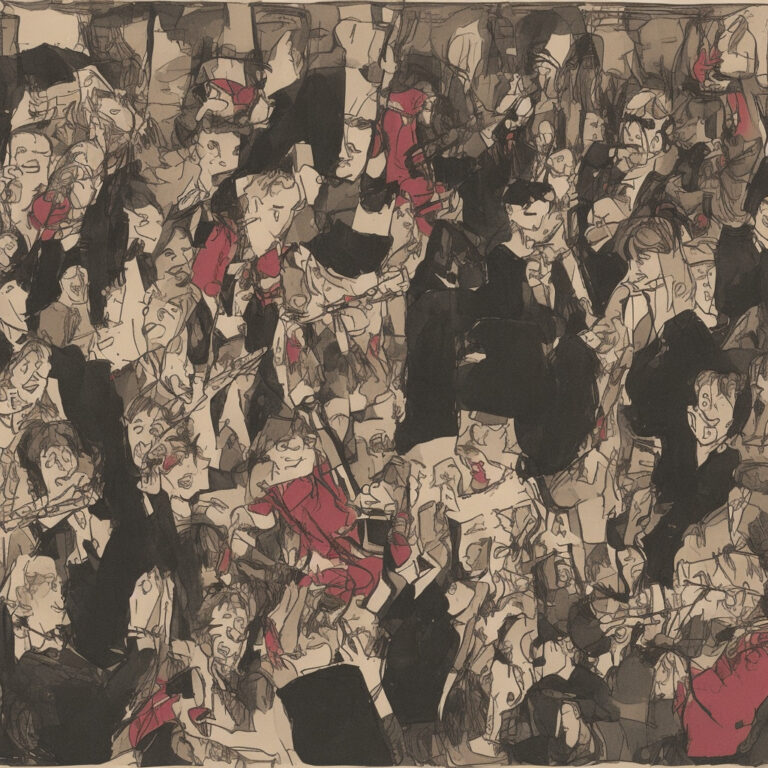
“Zombie” has garnered various awards and accolades since its release in 1994. The song won the “Best Song” award at the 1995 MTV Europe Music Awards, solidifying its status as a hit single. In 1996, The Cranberries even took home an ASCAP Pop Music Award for “Most Performed Songs” for “Zombie”. The song’s popularity led to it peaking at number 1 in several countries, such as Australia, Belgium, Denmark, France, and Germany, and reached the top 10 in multiple other charts worldwide.
Over the years, “Zombie” has not only found a place in the hearts of music lovers but also in various forms of media. Films and TV series have featured the song, such as in the 1995 movie “Empire Records” and more recently in a 2019 episode of the Netflix series “The Umbrella Academy”. The song’s popularity has also extended to the video game industry, making an appearance in the 2004 game “Gran Turismo 4” as part of its soundtrack.
The song’s impact on popular culture has led to numerous covers and tributes throughout the years. Arguably the most popular rendition is by the American rock band Bad Wolves, who released their version in 2018. Their cover reached number 1 on the US Billboard Mainstream Rock Songs chart, and the band even donated proceeds from the song to the family of Dolores O’Riordan, The Cranberries’ late lead singer. The Cranberries have praised Bad Wolves’ rendition, stating that it was a fitting tribute to Dolores.
Other notable covers of “Zombie” include a haunting orchestral version by Vitamin String Quartet, a powerful metal version by Miser, and an emotive acoustic rendition by singer-songwriter Julien Baker. The song’s popularity has also led to numerous collaborations and live performances by various artists, further proving its lasting influence and impact on the music world.
Dissecting the Musical Anatomy
Diving into the musical structure of “Zombie,” one can quickly identify the key in which it was written. The song is primarily composed in E Minor, which is often associated with dark and melancholic emotions, perfectly complementing the poignant theme of the song. The verses and chorus are constructed around a simple, yet effective chord progression of Em, Cmaj7, G6, and D/F#. This progression creates an eerie and haunting atmosphere while maintaining a powerful and driving force throughout the track.
The tempo of “Zombie” clocks in at approximately 84 beats per minute (BPM), which gives the song a moderate pace, allowing listeners to become fully immersed in its somber melodies and thought-provoking lyrics. The rhythm is kept steady by a combination of a traditional 4/4 drumbeat and the pulsating bassline that anchors the song’s foundation.
The arrangement and instrumentation of “Zombie” are fairly straightforward, with guitar, bass, drums, and vocals taking center stage. However, the simplicity of the arrangement only serves to emphasize the raw power and emotion of the song. The electric guitar, played by The Cranberries’ guitarist, Noel Hogan, utilizes a combination of heavy distortion and palm-muted strumming during the verses to create a sense of tension and unease. This tension is released with a burst of energy during the choruses, as the guitar switches to aggressive power chords and Dolores O’Riordan’s powerful, distinctive voice soars above the mix.
An interesting element of “Zombie” is the use of a short, haunting string interlude that appears between the second chorus and bridge, as well as during the outro. This interlude, played on a Mellotron, a vintage analog keyboard, adds a layer of depth and complexity to the song, reinforcing its somber, reflective mood.
Speaking of the bridge, its chord progression deviates slightly from the rest of the song, utilizing Bm, C, G, and D chords to provide a contrasting musical backdrop for O’Riordan’s impassioned wail. This shift in the song’s structure adds variety and keeps the listener engaged throughout its runtime.
In conclusion, the musical structure of “Zombie” is relatively simple, yet highly effective in conveying the song’s emotional weight and message. The combination of a haunting chord progression, steady rhythm, and powerful vocals make this track an enduring and iconic piece of music that continues to resonate with listeners more than two decades after its release.

